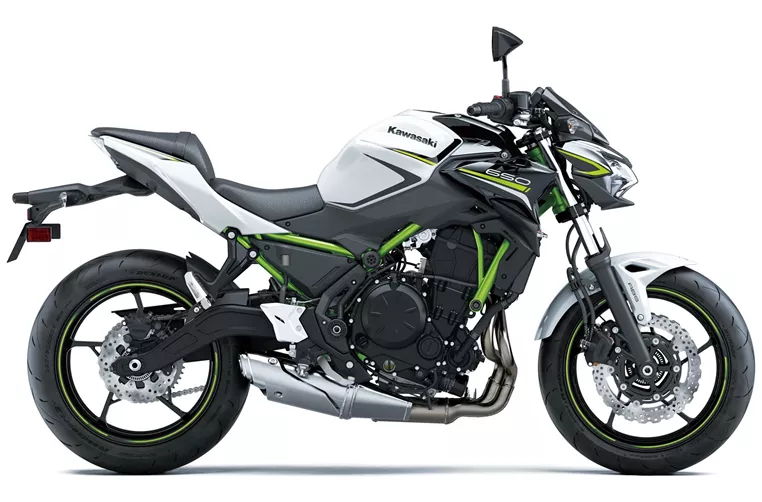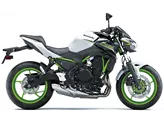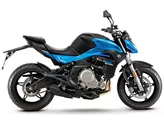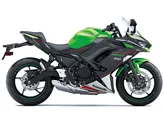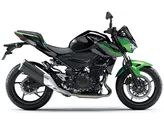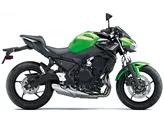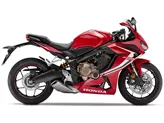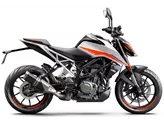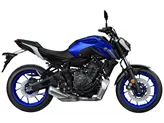Kawasaki Ninja 650 2017 vs. Kawasaki Z650 2020
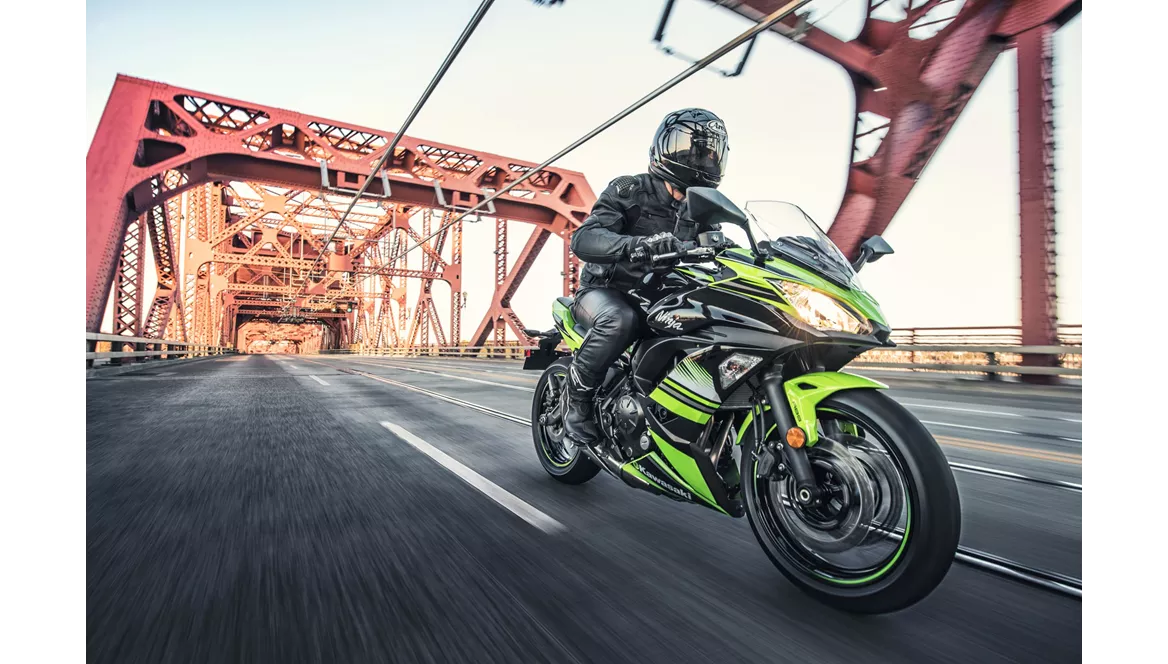
Kawasaki Ninja 650 2017
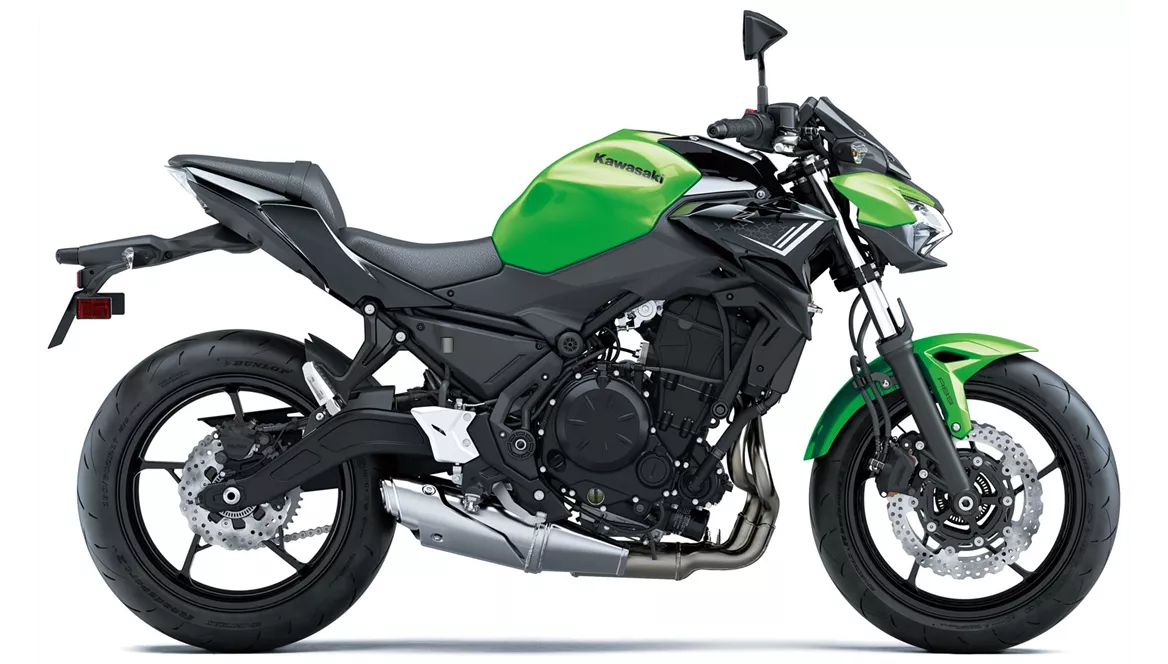
Kawasaki Z650 2020
Vue d’ensemble - Kawasaki Ninja 650 2017 vs Kawasaki Z650 2020
The Kawasaki Ninja 650 model year 2017 and the Kawasaki Z650 model year 2020 have many similarities in terms of technical specifications. Both models have an inline engine with a bore of 83 mm and a stroke of 60 mm. They also have the same engine power of 68.2 HP and torque of 65.7 Nm. The compression ratio, fuel system, throttle bore, cylinders, valves per cylinder, valves, cooling system, and displacement are all identical in both models.
In terms of suspension, both the Ninja 650 and Z650 have a telescopic fork front suspension with a diameter of 41 mm. They also have a swing arm rear suspension with a monoshock absorber and preload adjustment. The chassis of both models is made of steel and has a tubular frame type. The rake and trail measurements are also the same at 65.5 degrees and 100 mm, respectively.
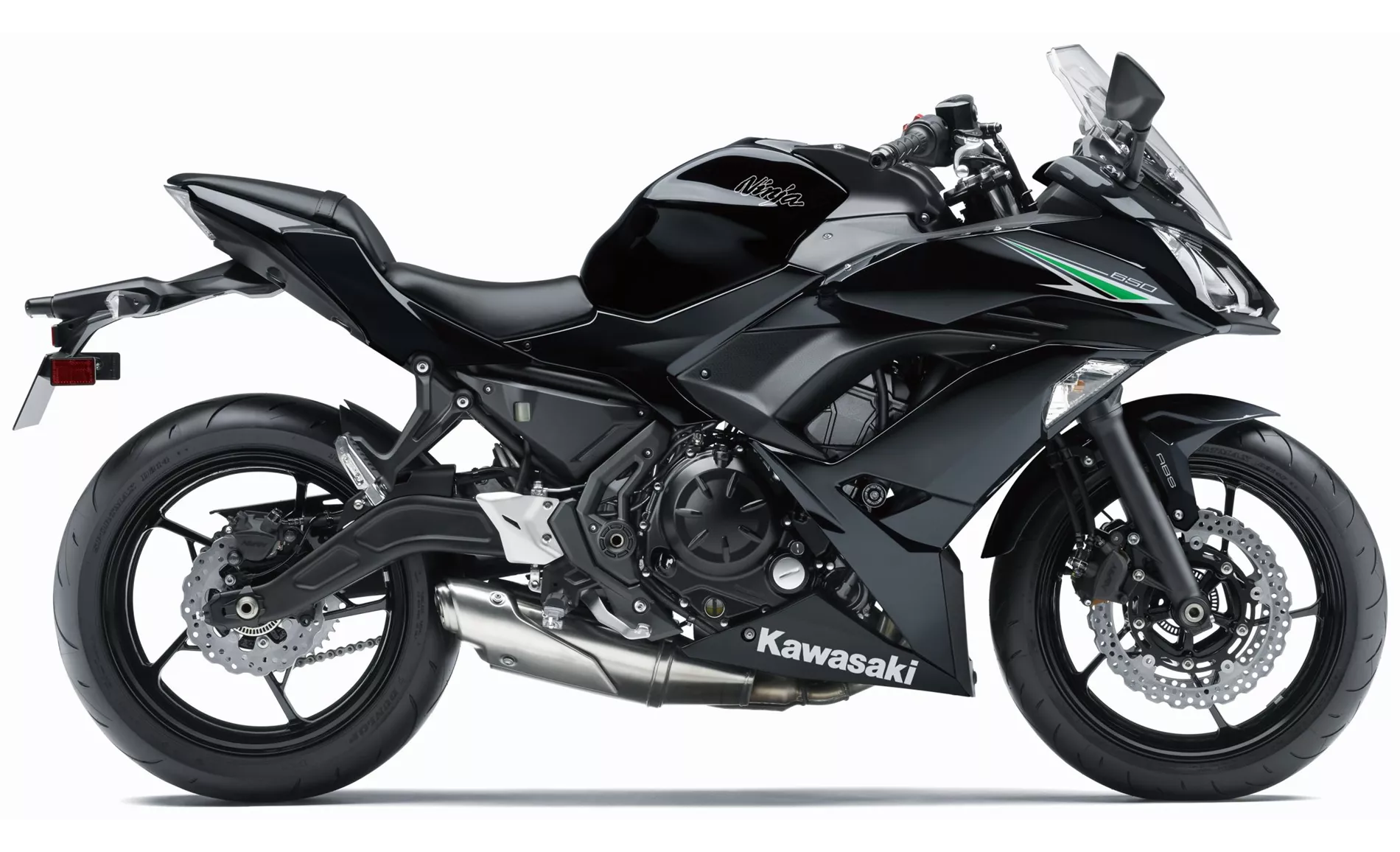
Kawasaki Ninja 650 2017
Both models have double disk front brakes with a diameter of 300 mm and double piston technology. They also feature ABS as an advanced rider assistance system. The dimensions and weights of the front and rear tires, wheelbase, seat height, fuel tank capacity, and kerb weight with ABS are all identical in both models.
However, there are some differences between the two models. The Kawasaki Ninja 650 2017 is a supersport bike, known for its transparent chassis and sporty handling. It has excellent brakes and a sharp look inspired by the ZX-10R. The engine is also resilient. However, it lacks sound from the stock exhaust and may exhibit slight vibrations.
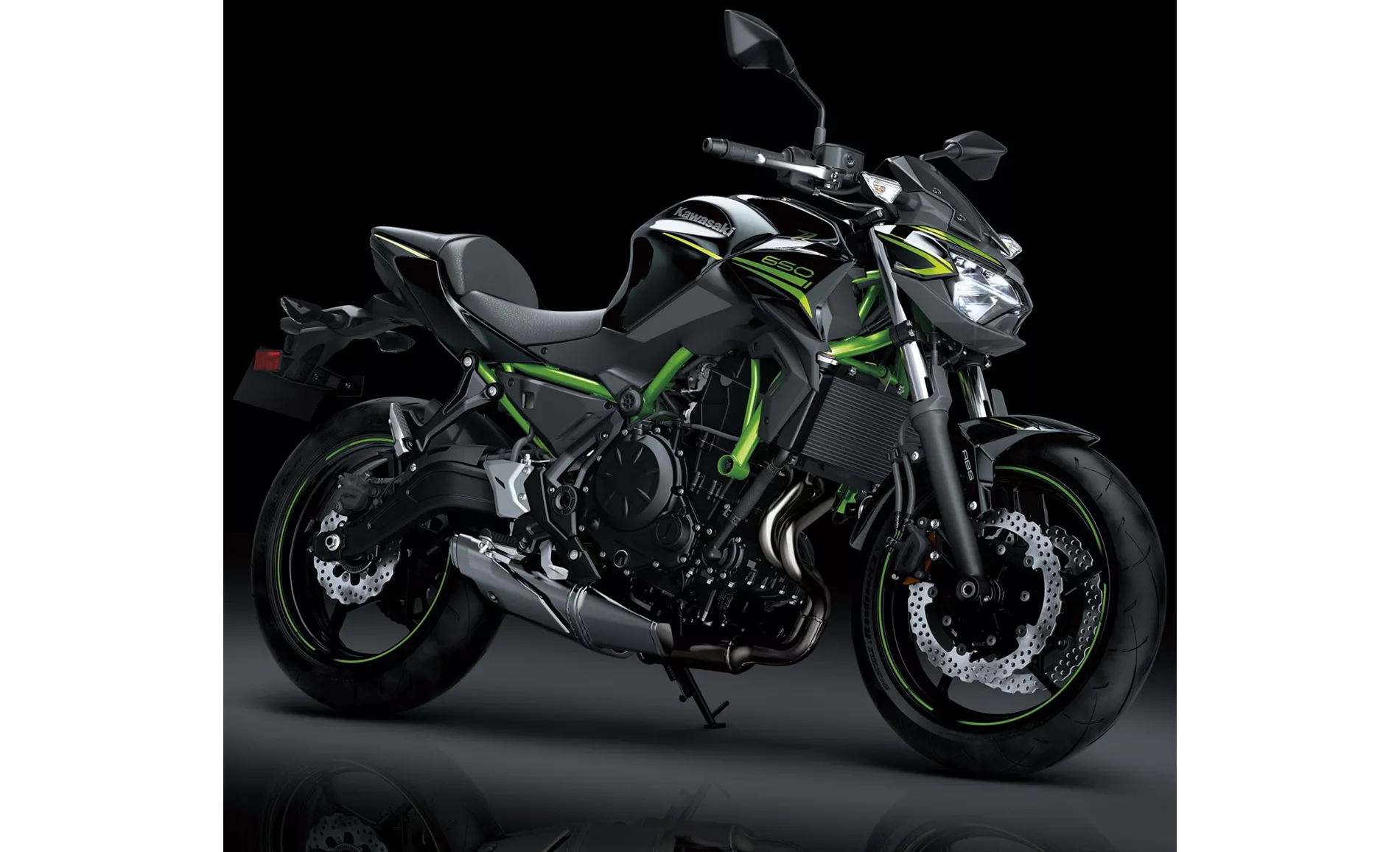
Kawasaki Z650 2020
On the other hand, the Kawasaki Z650 2020 is a naked bike with a powerful two-cylinder engine. It has an aggressive intake noise and compact dimensions, making it suitable for riders of all sizes. The low seat height and stable chassis contribute to its overall stability. The Z650 also features a TFT display with connectivity and a grown-up look. However, some riders may find the front brake pressure point to be an issue, and tall riders may find the bike uncomfortable. The Rideology App may also not be as sophisticated as expected.
In conclusion, both the Kawasaki Ninja 650 2017 and the Kawasaki Z650 2020 have their strengths and weaknesses. The Ninja 650 excels in sporty handling and looks, while the Z650 offers a powerful engine and compact dimensions. Riders should consider their preferences and priorities when choosing between these two models.
Caractéristiques techniques Kawasaki Ninja 650 2017 par rapport à Kawasaki Z650 2020
Avantages et inconvénients en comparaison
Avantages et inconvénients en comparaison
Kawasaki Ninja 650 2017
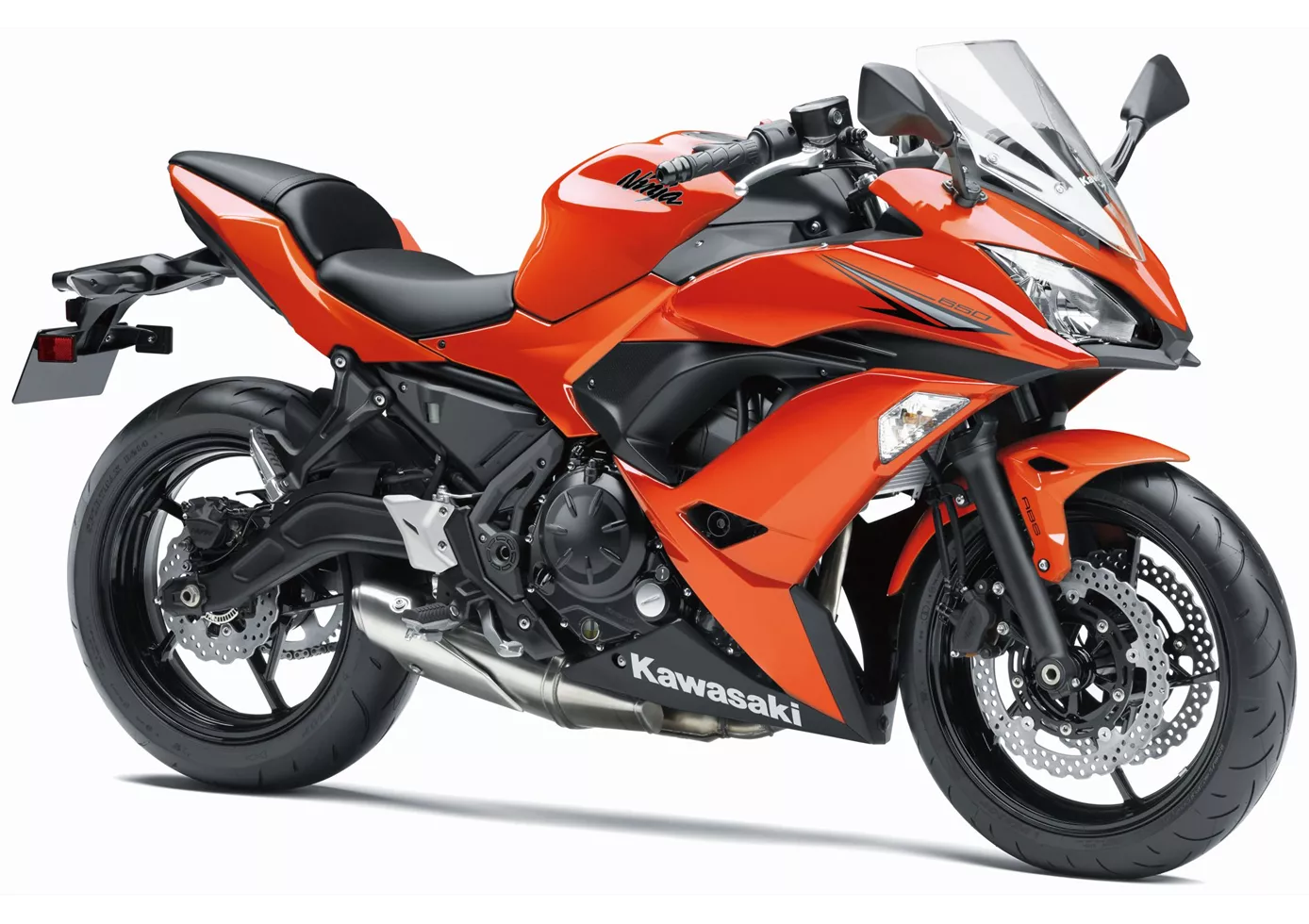
La Ninja 650 est en train d'écraser son prédécesseur (Er-6f). Le moteur a bien franchi l'obstacle de l'Euro 4 et sert 68 chevaux très bien utilisés, le châssis est tout simplement génial pour cette catégorie, et la réduction de poids de 18( !) kilos par rapport à l'ER-6f justifie un hochement de tête respectueux.
Kawasaki Z650 2020
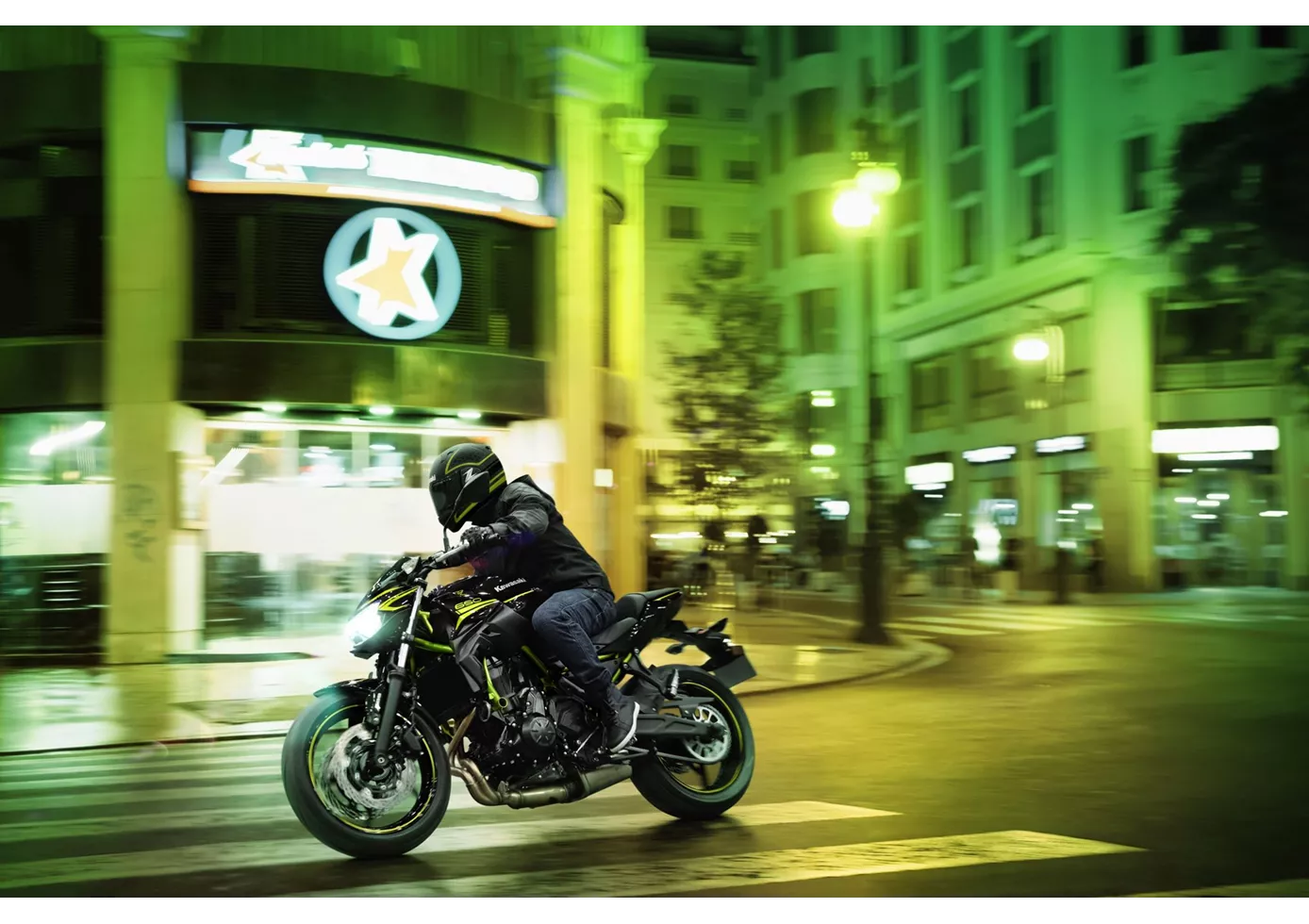
La nouvelle Z650 de Kawasaki est tout simplement un paquet complet. Les composants techniques ne sont peut-être pas à la hauteur, mais combinés entre eux, ils donnent une moto agréablement neutre, avec laquelle tout le monde aura beaucoup de plaisir. Pas de bizarreries - simplement une moto naked qui fonctionne vraiment bien sur les routes de campagne sinueuses. L'écran TFT, que nous ne trouvons pas encore chez la concurrence, ainsi que l'aspect adulte, qui s'inspire fortement des modèles Z plus grands, sont bien sûr des atouts supplémentaires. Seul le point de pression du frein avant aurait pu être plus clairement défini - mais dans cette catégorie de prix, on ne peut pas tout avoir.
Comparaison des prix Prix moyen du marché Kawasaki Ninja 650 vs Kawasaki Z650
There are a few key differences between a Kawasaki Ninja 650 2017 and a Kawasaki Z650 2020. In terms of price, the actual average prices of both motorbikes are almost the same. A Kawasaki Ninja 650 2017 experiences a loss of 380 USD in one year of ownership. This is offset by a loss of 30 USD for a Kawasaki Z650 2020. Compared to Kawasaki Z650 2020 there are less Kawasaki Ninja 650 2017 bikes available on the 1000PS.de Marketplace, specifically 7 compared to 21. It takes less time to sell a Kawasaki Z650 with 80 days compared to 96 days for the Kawasaki Ninja 650. Since model year 2017 1000PS.de editors have written 20 reviews for the Kawasaki Ninja 650 and 31 reviews for the Kawasaki Z650 since model year 2017. The first review for the Kawasaki Ninja 650 was published on 10/4/2016 and now has more than 79,600 views. This compares to more than 25,000 views for the first review on Kawasaki Z650 published on 11/8/2016.



